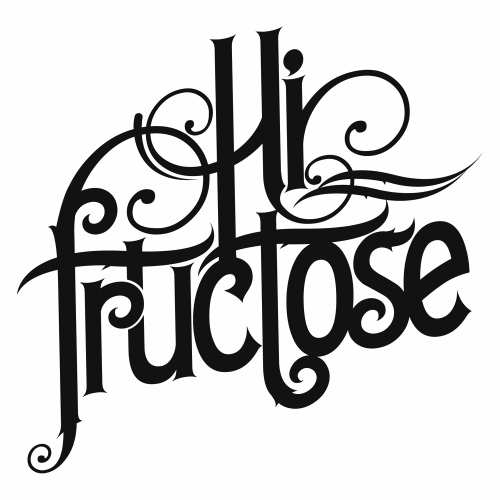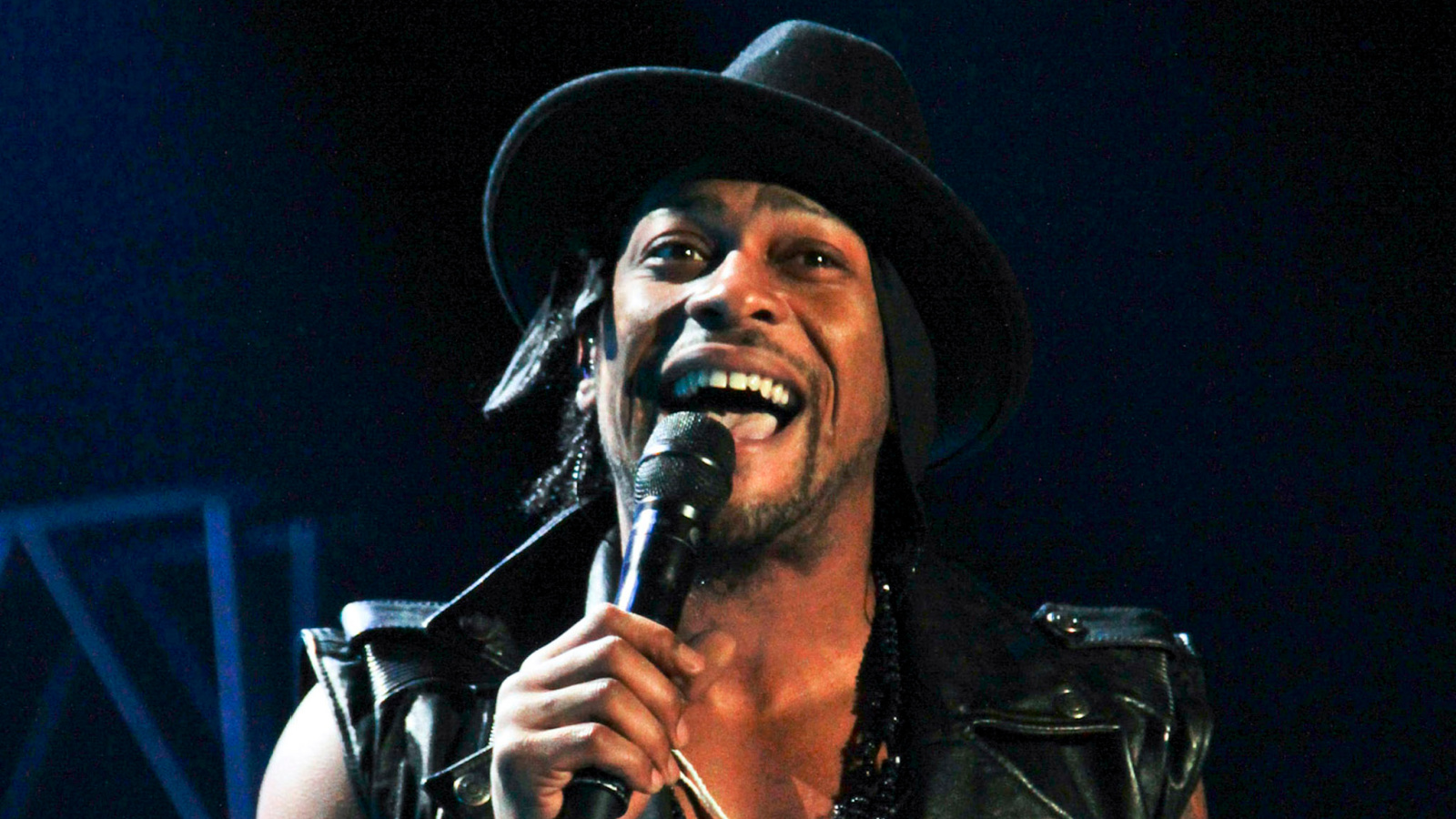They would come to a show, turn around, and walk out, just completely offended.”
When Peterson went to the Pratt Institute in Brooklyn, he was still in his teens. Myrtle Avenue was a pretty dark place—Peterson recalls, early on, seeing a man sitting in his car with his head blown off—but the darkness resonated with something deep inside.
“It was about a ten-year period,” says Peterson. “Every day, just buying drugs, doing drugs, experiencing that social isolation, that otherness, being completely outside of normal societal bounds, seeing firsthand the craziness that goes on—the deviance, the violence.”
In one of Peterson’s many attempts to clean up and start over, he sent Polaroids of his art to Tod Swank—the proskateboarder turned distributor—and quickly became one of the most sought after illustrators in the business, making signature graphics for the likes of Pig Wheels, Zero Skateboards, and Foundation. Once in Southern California, where both he and his brother were immersed in skateboard counterculture, Peterson met all kinds of people, including longtime champion Shepard Fairey. But the siren song of Lêthê was strong and, try as he might, Peterson could not stay clean. In and out of rehabs and hospitals, Peterson eventually went to jail. When he got out, he needed work. Fairey needed a designer for his monograph Obey: Supply & Demand, The Art of Shepard Fairey.
This began a decade-long work relationship with Fairey’s design agency Studio Number One (the Los Angeles Library is just now releasing a limited-edition library card he worked on with Fairey). Through it all, Peterson continued to refine and expand his own stark vision of the world, often rising at 4 a.m. to paint for hours prior before arriving at Fairey’s studio where he worked until 6 p.m.
The long days took their toll but, very slowly, the rest of the world began to pay attention. “At first, it was like people were scared,” recalls Peterson. “They would come to a show, turn around, and walk out, just completely offended.”
In an art world so often driven by pure aesthetic appeal, the cognitive dissonance of Peterson’s reality was, perhaps, just too much to bear. Online, detractors responded with dismissive vitriol—sometimes damning Peterson for exploiting images of women—instead of examining the ethical, moral, and historical questions he raised.
Over the last few years, though, Peterson’s work has become increasingly difficult to ignore. Arresting and tragic, these paintings seem ripped from the headlines and they resonate even with those who might have once turned away.
Peterson remembers a particular moment when he felt the shift most poignantly. It was 2014. Russia was prepar ing to annex Crimea, and Peterson had been invited to take part in the Katowice Street Art Festival in Poland. While painting a mural—always a nerve-wracking situation since his subject matter is rarely received warmly by local homeowners— he was greeted by several elderly Poles from the neighborhood—people who, according to Peterson, would be justified in rejecting street art simply because it shifts the traditional sensibility of their neighborhood. But they loved the work, because it spoke to them.
Last year, nearly half of million readers were afforded the similar opportunity by the New York Times, when America’s newspaper of record requested two pieces—one ran right after the police shooting of Walter Scott in South Carolina; the other was printed alongside Gregory Orr’s op-ed “A Mississippi Memory”—marking not only a broader acceptance of Peterson’s work, but also a growing understanding of his own view of the world.
“It’s fucking validating,” says Peterson who received two more requests last month, “to have people you respect request your work, to participate in the broader culture in an uncompromised way.”
But it’s not always easy.
Last year, prior to the November attacks in Paris, Peterson was invited to France by JR’s 99prints to make a custom stone-cut lithograph using a vintage press once employed by Picasso, Miró, and Chagall. It was a grueling, painstaking process, made psychically painful by the events which unfolded. The release of the print—a predictably bleak scene titled “Justice”—was respectfully delayed. But, when the curator of Peterson’s scheduled Parisian exhibit asked him to shift away from violent imagery, Peterson chose, instead, to cancel it.
“There is no better time to address subjects like these than when they are happening,” says Peterson with palpable dismay. The Judgement, as the show was titled, opened instead in Belgium, centered on an ominous gleaming sculpture of a life-sized combatant holding a severed head.
Prior to the opening, Peterson appeared on the front page of Antwerp’s daily newspaper De Standaard, speaking openly about fear, terrorism, and the role of art, particularly one favorite: William Turner’s “The Slave Ship.”
“Works like “The Slave Ship,” or Picasso’s “Guernica,” Dostoevsky’s Crime and Punishment, Kiss of the Spider Woman…,” muses Peterson, “These works that express internal crisis or mark difficult periods within the collective culture, they force people to confront the real world they live in. And, that, I think is the highest path of art.”
Not long after The Judgement closed, Brussels was attacked by three suicide bombers.
Zealotry, both religious and cultural, was already the prevailing subject of Peterson’s slyly titled exhibit, Purity, which opened in Hong Kong in January. Easily Peterson’s most ambitious showing to date, it was an immersive juggernaut comprised of twenty large-scale paintings inspired by Renaissance religious works. But, in spite of the chaotic nature of their muses—Violence, Strife, Ruin, and, our lady Lawlessness—the works in Purity remind us less of the blood-thirsty beheadings of Caravaggio, and more of the unblinking observations of Goya.
“I am not on a mission to change the world,” Peterson is careful to point out. “Fact is, I don’t really like do-gooders… I just paint what I see.”
It is a fact we are not likely to forget.
This year, between playing with his three kids, Peterson is preparing for shows in New York and Paris, and more immediately for Into the Sun at Diesel Art Gallery in Tokyo.*
This article originally appeared in Hi-Fructose Issue 40, which is sold out. Support our publication and get our latest issue with a new subscription here!















